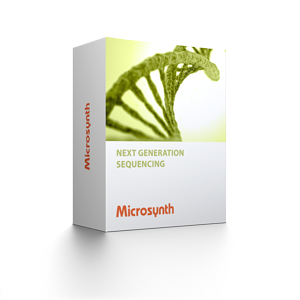
Back to top
Shotgun Metatranscriptomics

Discover what’s active in your microbial community.
Our shotgun metatranscriptomics service reveals real-time functional gene expression, metabolic activity, and regulatory dynamics—without the need for cultivation. Ideal for complex ecosystems such as bioreactors, soil, water, or host-associated microbiomes.
Our shotgun metatranscriptomics service reveals real-time functional gene expression, metabolic activity, and regulatory dynamics—without the need for cultivation. Ideal for complex ecosystems such as bioreactors, soil, water, or host-associated microbiomes.
What You Can Achieve
- Identify actively expressed genes in microbial communities
- Detect differentially expressed genes across environmental or experimental conditions
- Uncover functional pathways involved in stress response, adaptation, and metabolism
- Analyze host–pathogen interactions and community-level regulation
- Track performance shifts in engineered microbial systems (e.g., bioreactors)
Before You Start
We support you from experimental design to data interpretation. Key factors to clarify:
- What is the sample type and source (e.g. stool, soil, biofilm, tissue)?
- Is RNA of sufficient quantity and integrity (RIN ≥ 6)?
- What is the expected diversity and structure of the microbial community?
- Do you require higher resolution in expression, taxonomic assignment, or functional annotation?
What sequencing depth and replicates are needed to answer your question?
Modular Workflow
Outsource the entire workflow—or select specific modules. Our process is designed for flexibility. Typical workflow steps include:
Bioinformatic Analysis
Our analysis delivers insights into which genes are expressed, by which organisms, and how expression changes between conditions.
You receive:
- Functional gene expression profiles
- Active taxonomic composition
- Differential expression analysis across conditions
- Interactive visualizations and downloadable data tables
Turnaround Time
- 30 working days for sequencing
- +10 working days for full bioinformatic analysis
- Express service available upon request
Sample Requirements
- Buffer recommendation: 10 mM Tris-HCl (pH 7.0)
- Important: Avoid any buffers containing EDTA >1mM
- RNA quantification: Use fluorometric methods (e.g., PicoGreen®, Qubit®)
Sample amounts required for Illumina sequencing:
| Type of Library | Amount (µg) | Concentration (ng/µl) |
| RNA for RNASeq library (ribo depletion) | >0.5 | >10 |


